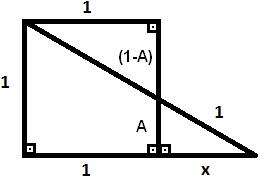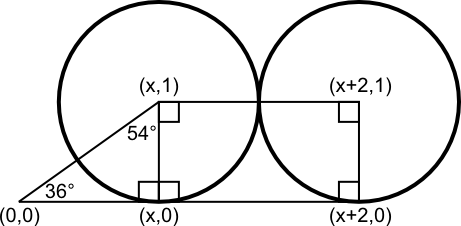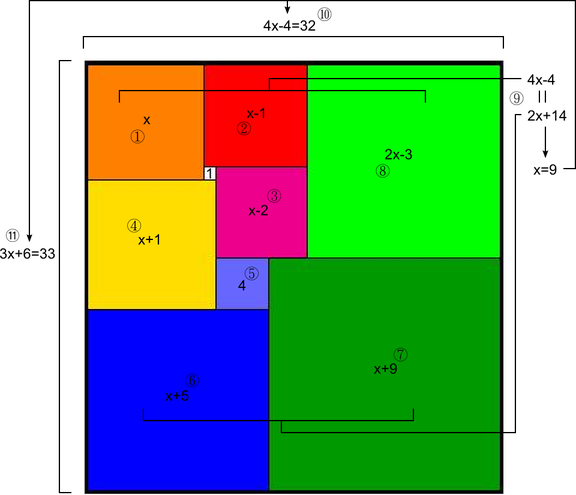Sorry for not posting here sooner.
Here are the translations I have so far. Some parts may still need a bit of tweaking.
基本的な解説。まずはよくある質問から
The basic explanation. First of all, the FAQ.
・ズルしてる?
Did you cheat?
→ズルしています。エミュレータで30分の1秒まで落として動かしています。
Yes, I cheated. I slowed the emulator down to 1/30 of a second.
ムービー記録中にセーブ、ロードを繰り返して収録しています。
I made the movie by repeatedly saving and loading during recording.
危ないところの手前でセーブ、ミスしたらロードといった感じです。
Like this: Save before a dangerous place. If something goes wrong, then just reload.
このムービーを見て「ゲームもうまくなればここまでできるようになるんだ!」
とか思った純粋な人の夢をぶち壊すようで非常に申し訳ないと思っています。
For those that merely thought "If I am good at this game, I can eventually play just like that",
and had their dream shattered, I am very sorry about that.
前もって書いておくべきでした。
I should have written this beforehand.
・8Wのうずゾーンで手にさらわれないのは?
In the whirlpool zones of World 8, how come you are not grabbed by the hands?
→手が出てこないフレームを選んで回避しています。
I choose the frames on which the hands don't come out, to avoid them.
・1−3の白ブロックで裏に回っていないのに笛の部屋へ入ってる?
In 1-3, you don't go through the back of the white block, and yet you enter the flute house?
→レバー斜め下でも裏に回れます。レバー斜め下の操作でもマリオは移動するので、
真下にしばらく入れてから斜め下でBダッシュしています。
When pressing diagonally down, you can still go through the back. Furthermore, since Mario
is moving, then at the moment you enter the white block directly below, he is fully running.
よく見ると白ブロックの右端でしっかり裏に回っています。
If you look carefully, I go through the back of the white block on the very edge.
・タイム表示が速くなったり遅くなったりしてる?
Why does the timer speed up or slow down?
→画面のスクロールの際に起きる処理落ちです。Pダッシュ中は特に激しいです。
When the screen scrolls, the game starts to lag. It is especially severe during P-dash.
・戦車1の「?」ブロック直前でスパナに当たってる?
In Tank 1, didn't you get hit by a wrench right before the ? block.
→エミュレータムービーは操作だけを記録しているということで、ご理解いただけると思います。
胡散臭いですが当たっていません。当たらなかったのは奇跡ですが。
By looking at the movie recording, I can now understand how you see it.
It looks suspicious, but I did not get hit. It is a miracle that I did not get hit.
・戦車2の画面外近くで大砲に当たってる?
In Tank 2, didn't you get hit near the edge of the screen by a cannonball?
→上の説明と同じです。当たらなかったのはゲームのシステムのおかげです。
よくわかっていませんが、画面外ではマリオの判定が消えるようです。
Same explanation as above. It is how the game works that I did not get hit.
I don't fully understand, but at the edge, Mario's hit detection disappears.
・ファイアでクッパは死ぬの?
Bowser dies by fireball?
→ブンブンはファイア5発、クッパは35発で倒せます。
Boom Boom can be defeated by 5 fireballs, and Bowser by 35.
・8−1のクリアパネルできのこを取っているのは?
In 8-1, you take a mushroom on the panel?
→お察しの通り5UPを避けるためにスターを回避しています。
As one would have guessed, I don't get a star in order to avoid 5UP.
・8砦の最後は壁抜けしたほうが早いのでは?
At the end of 8-Castle, is it faster to go through the wall?
→壁抜けしないほうが早かったので、こちらを選びました。
Since it was faster not to go through the wall, I chose this route.
見解
Opinions
ということと、最近のフリーソフトを試したい(microsoft Windows Media Encorder,TMPEGencなど)
ためにこういう動画が出来上がって公表してしまいました。
Speaking of which, because I wanted to try some recent freeware (such as Windows Media Encoder and TMPEGenc),
this movie was finished and announced.
まじめに人の手によるプレイだと思われた方々に大変申し訳なく思っております。
To those who thought it was played by hand, I'm very sorry.
また、当方にはひたすらタイムアタックを追及した画像をエミュレーターなら作れるのではないか、
理想の動きをするマリオを見てみたい、との願望もありました。
Moreover, even if it took an emulator to pursue it, I earnestly desired to see an
perfect Mario play.
そういった経過からこの企画がスタートしているのをご了承願いたい。
Please understand that this is why I started the project.
あとがきで申し訳ございません。
In the end, I'm very sorry.
あと、製作者のコメント
Project maker's afterword
ちょっと思い出したので。
第3者として読んだら面白いかもと思いまして。
自慢も入ってしまいますが、まぁこんな機会は滅多にないので、
イヤミっぽくなりますが、ぶっちゃけて書くことにします。
I remember from before.
Reading it as a third party, I think it may be rather interesting.
It may be rather boastful, but since this chance is very rare, then I'll speak rather frankly, as if it were sarcasm.
2ちゃんのスレにはマリオと一緒に、緋蜂ノーミスムビと、
アリカのテトリスデスモードクリアのアドが貼ってありました。
んで書き込みで以下のようなものをときどき見かけました。
ログが残っていなかったのでうろ覚え。
On a 2ch thread, an ad for an Arika Tetris Death Mode Clear, along with a Hibachi No-Miss Movie was posted.
At times, statements like below can be seen. Since the log did not remain, I only remember vaguely.
>>マリオのは追記だからたいしたことない。
それよりデスモードのクリアのほうがよっぽど価値がある。
>>Because of rerecording, Mario wasn't all that great.
The Death Mode Clear is so much more of worth.
身内だったら知ってることなんですが。
オレはデスモードクリアできるんですわ。
っていうか結構初期のほうのマスターGmとかなんですね。
で、テトリスやってる人達とはほとんど知り合いで、
あのデスムビのプレイヤーとも顔見知りです。
んで彼は大往生の2周目もクリアしてる凄腕ゲーマーで、
実は緋蜂のノーミスは彼の依頼を受けて製作したのです。
I would know if I was in his group.
"I can clear death mode!"
or rather, "he is a quite early master GM".
Just about everybody who plays Tetris is an acquaintance, and knows this Death Movie player.
And so, as the master gamer who cleared DaiOuJou 2nd Loop, he received a request to do Hibachi No Miss,
and actually did it.
考えてみると世間は狭いな。
ちなみにマリオを作るよりデスをクリアするほうが
難しいっていうのはあってます。自分は2年かかったし。
エミュムビは作るのは簡単ですからね。時間がかかるだけで。
If you think about it, the world is small.
By the way, it is correct to say that clearing Death Mode is more difficult than making Mario.
It took me two years. It is easy to make emulator movies. It just takes time.
ってな感じで。
That is his impression.




 Then x=tan 54° and so the distance from the origin to the center of the outer circle is sqrt(x2+4x+5)=sqrt((tan 54°)2+4(tan 54°)+5)
Therefore, the radius of the big circle (enclosing the outer circles) is one unit more; that is, sqrt((tan 54°)2+4(tan 54°)+5)+1. You can substitute tan 54°=φ/sqrt(3-φ) if you like (φ is the golden ratio (1+sqrt(5))/2), but I won't do that here. The number comes out to be about 4.521, close to Flip's estimate.
Then x=tan 54° and so the distance from the origin to the center of the outer circle is sqrt(x2+4x+5)=sqrt((tan 54°)2+4(tan 54°)+5)
Therefore, the radius of the big circle (enclosing the outer circles) is one unit more; that is, sqrt((tan 54°)2+4(tan 54°)+5)+1. You can substitute tan 54°=φ/sqrt(3-φ) if you like (φ is the golden ratio (1+sqrt(5))/2), but I won't do that here. The number comes out to be about 4.521, close to Flip's estimate.